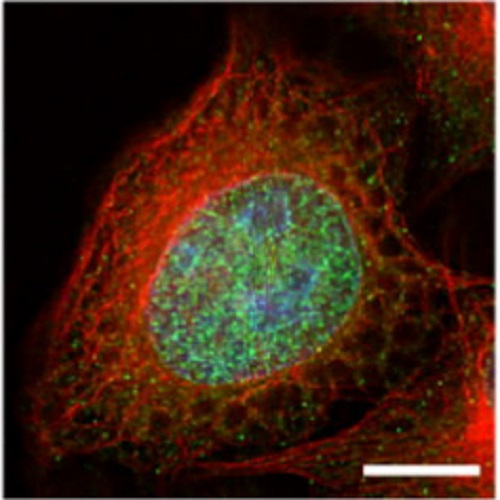A conserved RhoGAP limits M phase contractility and coordinates with microtubule asters to confine RhoA during cytokinesis.
During animal cell cytokinesis, the spindle directs contractile ring assembly by activating RhoA in a narrow equatorial zone. Rapid GTPase activating protein (GAP)-mediated inactivation (RhoA flux) is proposed to limit RhoA zone dimensions. Testing the significance of RhoA flux has been hampered by the fact that the GAP targeting RhoA is not known. Here, we identify M phase GAP (MP-GAP) as the primary GAP targeting RhoA during mitosis and cytokinesis. MP-GAP inhibition caused excessive RhoA activation in M phase, leading to the uncontrolled formation of large cortical protrusions and late cytokinesis failure. RhoA zone width was broadened by attenuation of the centrosomal asters but was not affected by MP-GAP inhibition alone. Simultaneous aster attenuation and MP-GAP inhibition led to RhoA accumulation around the entire cell periphery. These results identify the major GAP restraining RhoA during cell division and delineate the relative contributions of RhoA flux and centrosomal asters in controlling RhoA zone dimensions.

- Dev. Cell 2013 Sep 16;26(5):496-510
- 2013
- Cell Biology
- 24012485
- PubMed
Enabled by:
